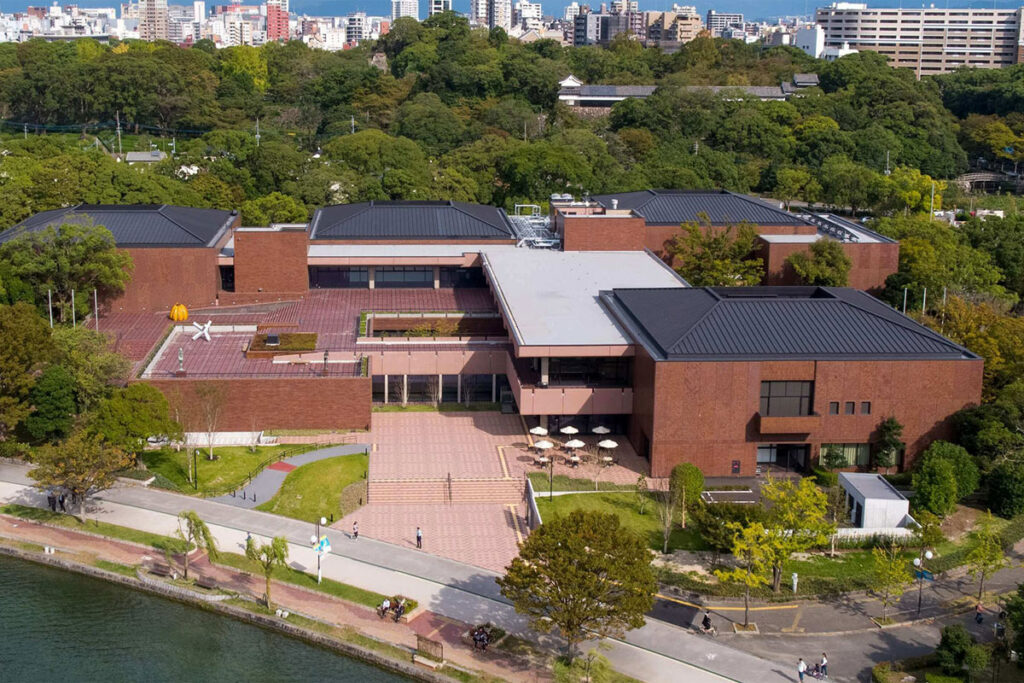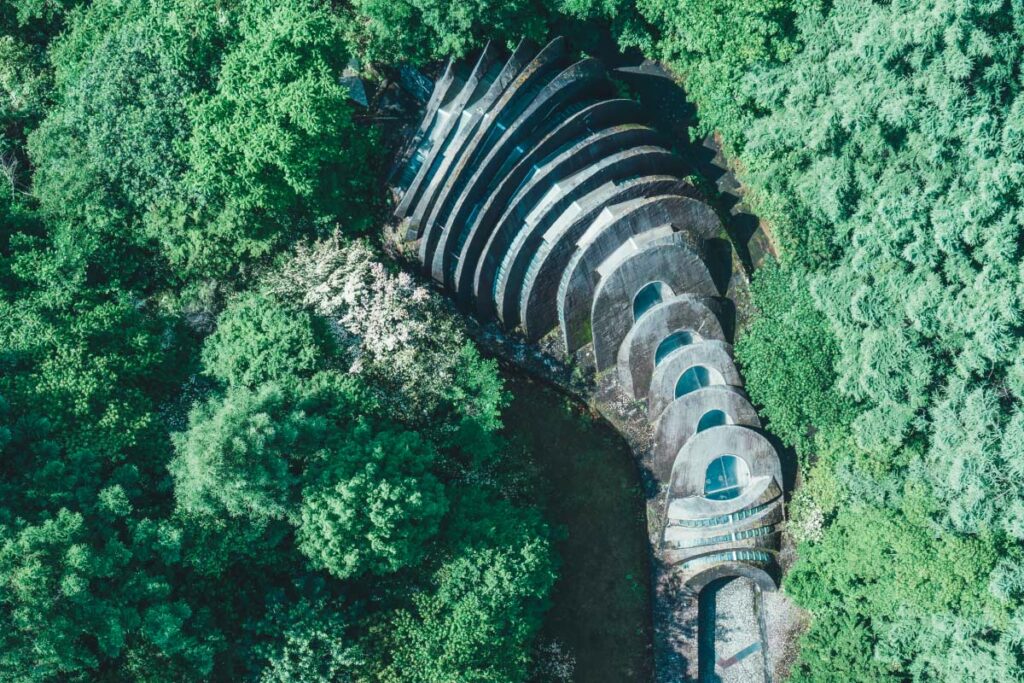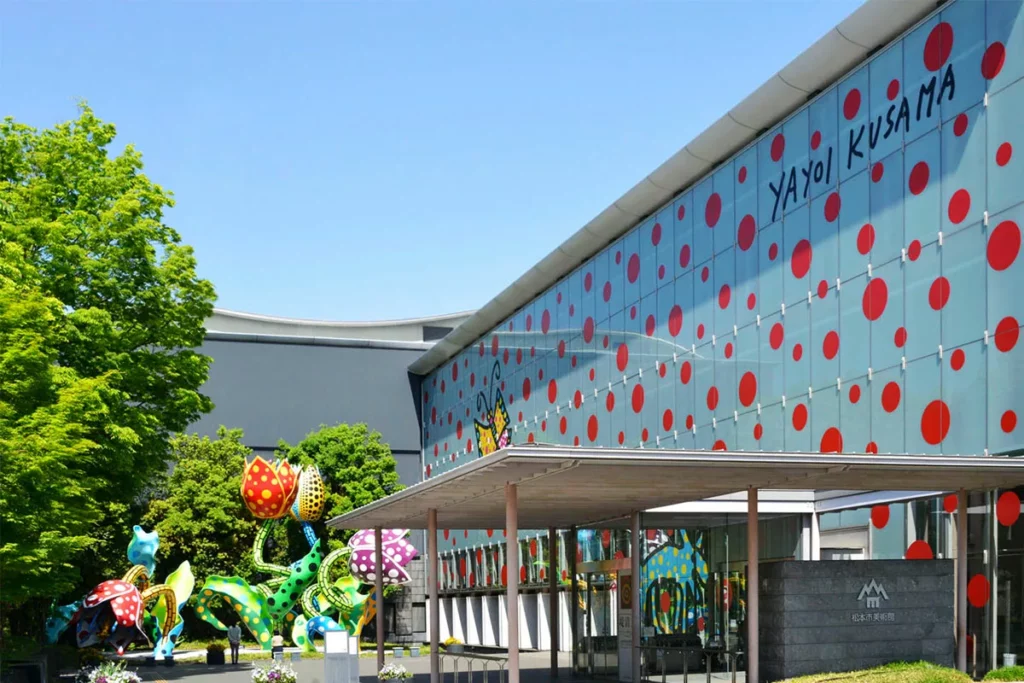Nestled in the heart of Kyoto, Kinkakuji (Golden Pavilion) majestically sits as a testament to Japan’s rich cultural tapestry. More than just a captivating sight, it’s a destination imbued with history, spirituality, and architectural brilliance.
Kinkakuji’s Historical Overview
Kinkakuji is a Zen Buddhist temple, originally built in the 14th century as a retirement villa for shogun Ashikaga Yoshimitsu. After his death, as per his wishes, the villa was converted into a Zen temple. Although the pavilion has suffered several fires throughout history, its current incarnation, meticulously reconstructed in 1955, continues to preserve its timeless splendor.
Unveiling Kinkakuji: A Fusion of Architecture, Culture, and Tranquility
Kinkakuji, the Golden Pavilion, is a captivating blend of various traditional architectural styles reflecting Japan’s Heian, Kamakura, and Muromachi periods. Its three-tiered structure signifies distinct styles. The first floor, or ‘The Chamber of Dharma Waters’, mirrors the Shinden style, contrasting natural wood pillars with golden upper floors. The second, ‘The Tower of Sound Waves’, exhibits the Bukke style with an entirely gold leaf-covered floor. The final floor, ‘The Cupola of the Ultimate’, encapsulates Chinese Zen Hall style, signifying enlightened understanding with its gold leaf cover and golden phoenix cap.
Complementing the pavilion is the serene Muromachi style garden, featuring the everfilled Anmintaku Pond. Here, nestled within nature, sits the Sekkatei Teahouse, a location that mirrors the Japanese Wabi-Sabi aesthetic by contrasting its rustic simplicity with Kinkakuji’s opulence.
Kinkakuji surpasses its physical grandeur by symbolizing Japan’s cultural philosophy. Its gold leaf covering, reflecting on the pond, embodies purity and neutrality, mitigating negative thoughts towards death. It thus marries the ethereal beauty of the pavilion with the philosophy of interplay between heaven and earth, physical and spiritual.
A visit to Kinkakuji begins at the entrance gate and winds through the garden paths, culminating at a viewing platform for the radiant pavilion. You can pay respects at a small shrine, engage in ‘Omikuji’, and visit the tea garden and Fudo Hall before exiting. In essence, Kinkakuji offers more than just visual appeal; it’s an immersive journey through Japan’s culture, history, and spirituality.
How to get there
Kyoto’s efficient transportation network makes reaching Kinkakuji a straightforward experience. Here’s a guide to help you navigate your way to the Golden Pavilion.
By Bus
The most direct route from Kyoto Station is by the Kyoto City Bus number 101 or 205, both of which can be taken from the station’s main bus terminal. These buses will take you directly to the Kinkakuji-michi bus stop, which is just a short walk away from the temple entrance. The journey typically takes around 40 minutes, depending on traffic.
By Train and Bus
For those who prefer rail travel, you can take the Karasuma Line from Kyoto Station to Kitaoji Station. The train journey should take approximately 15 minutes. Upon arrival at Kitaoji Station, take the bus number 101, 102, 204, or 205 to the Kinkakuji-michi or Kinkakuji-mae bus stops. The bus ride is roughly 10 minutes.
Please note that while the train might be faster, the bus is the most direct and often preferred route due to fewer transfers.
Conclusion
Kinkakuji (Golden Pavilion) is more than just a tourist attraction. It’s a journey into Japan’s rich cultural tapestry, an architectural marvel, and a destination that encapsulates the beauty of nature and the depth of spiritualism. It truly is a golden experience that leaves a lasting impression on every visitor’s heart. It’s not just about viewing a monument; it’s about immersing oneself in a culture, understanding the beauty of Zen, and witnessing the power of history.






